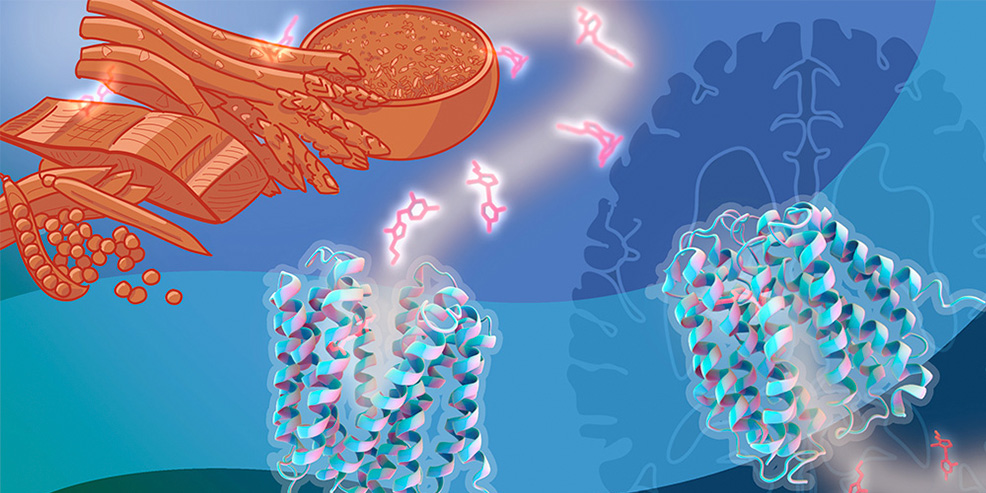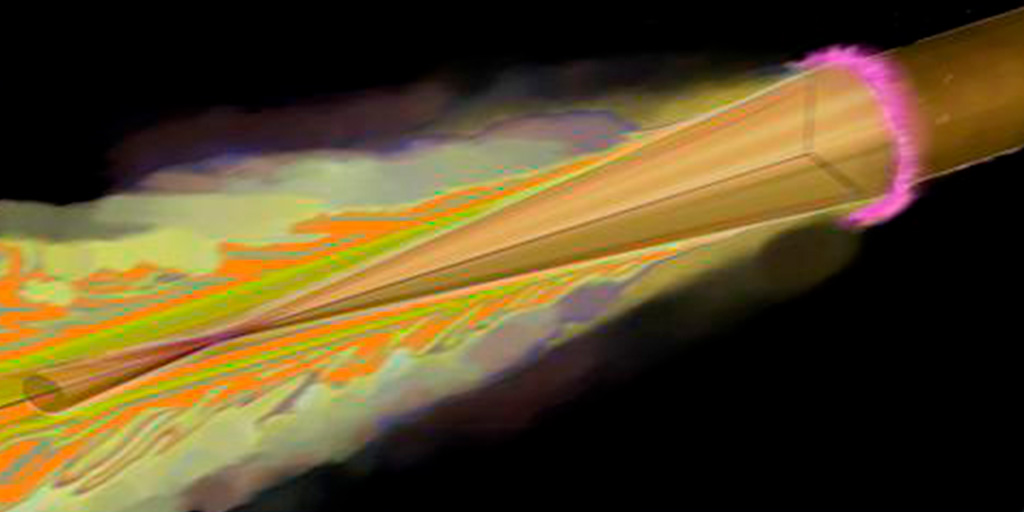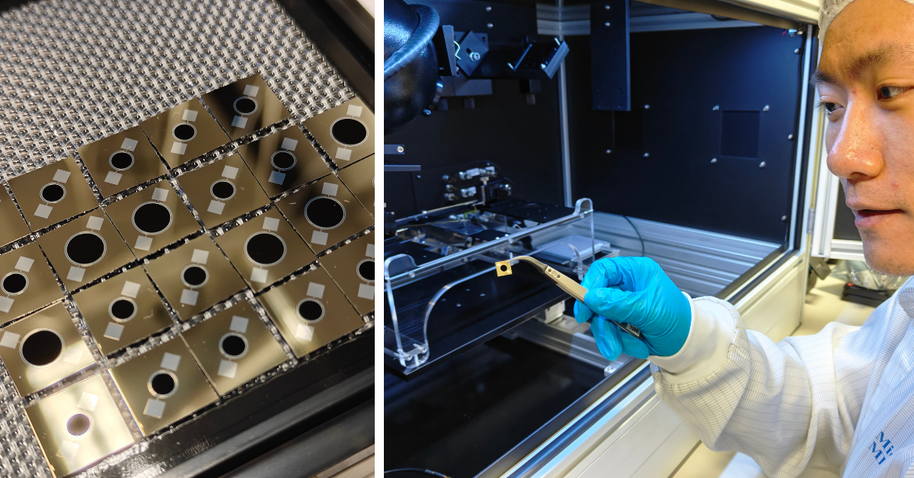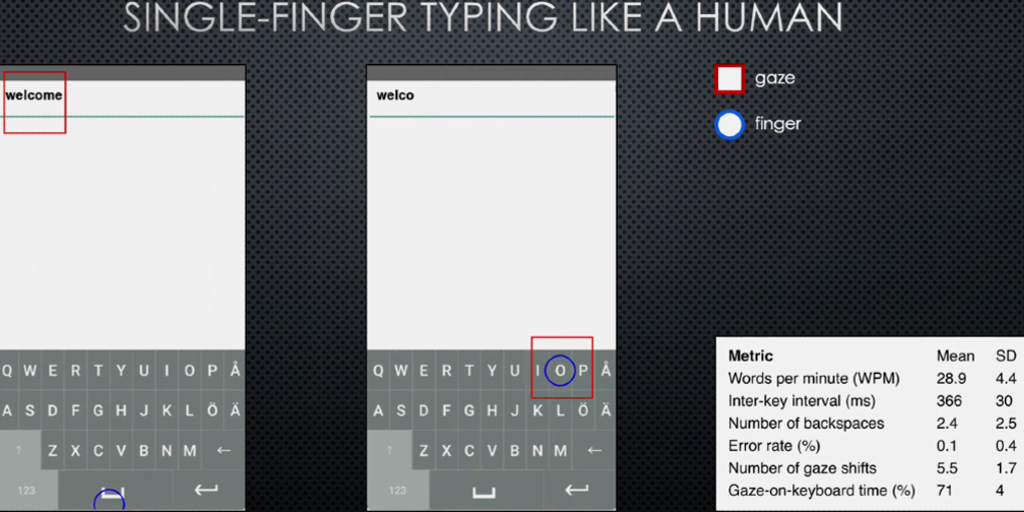Vitamin B1, also known as thiamine, is essential for the survival of our cells. The human body can’t produce it, but we can maintain healthy levels of this vitamin by eating foods like salmon, legumes, and brown rice. Doing this is crucial, because B1 deficiency can cause serious dysfunctions of the cardiovascular and central nervous systems, disability, and even death.
However, sometimes, B1 deficiency may develop in the brain and other vital organs as a side effect of some drugs. This can happen despite normal B1 levels in the blood, which often makes such deficiencies go undetected before it’s too late.
To understand what’s behind such hidden deficiencies, the Löw Group at EMBL Hamburg and CSSB and collaborators at VIB-VUB Center for Structural Biology used structural biology and biophysical techniques to investigate how vitamin B1 travels in our body to reach different tissues, and what factors can hinder its progress.
Vitamin B1’s hurdle run
On its journey from the gut to the body’s cells, vitamin B1 must pass through several membranes, which act as barriers – starting with the gut wall, then blood vessels, organs, and finally, the membranes of individual cells. The most stringent of these is the blood-brain barrier, which seals the brain off from toxins that might enter from the bloodstream. However, the barrier also makes it difficult for essential nutrients, including vitamins, to cross.
To allow vitamins and other nutrients to reach cells throughout the body, these membranes are equipped with specialised transporter molecules that let them pass. In vitamin B1’s case, this job is done mostly by two transporters: SLC19A2 and SLC19A3. While we know these transporters are important for human health, it has been unclear how exactly they work on the molecular level.
To uncover this, the Löw Group investigated SLC19A3, the transporter essential for getting B1 across the gut wall and the blood-brain barrier – two crucial steps in the vitamin’s journey.
To observe the transporter in action, they created a ‘molecular movie’ by putting together a series of snapshots obtained with cryo-electron microscopy (cryo-EM).
“With this, we could capture the dynamics of the transport process and visualise molecular details of how the transporter recognises and pushes the B1 molecule across the cell membrane,” said Christian Löw, Group Leader and corresponding author of the study.

About EMBL
EMBL is Europe’s flagship laboratory for the life sciences. Established in 1974 as an intergovernmental organisation, EMBL is supported by over 20 member states. EMBL performs fundamental research in molecular biology, studying the story of life. The institute offers services to the scientific community; trains the next generation of scientists and strives to integrate the life sciences across Europe. EMBL is international, innovative and interdisciplinary. Its more than 1700 staff, from over 80 countries, operate across six sites in Barcelona (Spain), Grenoble (France), Hamburg (Germany), Heidelberg (Germany), Hinxton (UK) and Rome (Italy). EMBL scientists work in independent groups and conduct research and offer services in all areas of molecular biology. EMBL research drives the development of new technology and methods in the life sciences. The institute works to transfer this knowledge for the benefit of society.
Vitamin B1, also known as thiamine, is essential for the survival of our cells. The human body can’t produce it, but we can maintain healthy levels of this vitamin by eating foods like salmon, legumes, and brown rice. Doing this is crucial, because B1 deficiency can cause serious dysfunctions of the cardiovascular and central nervous systems, […]



